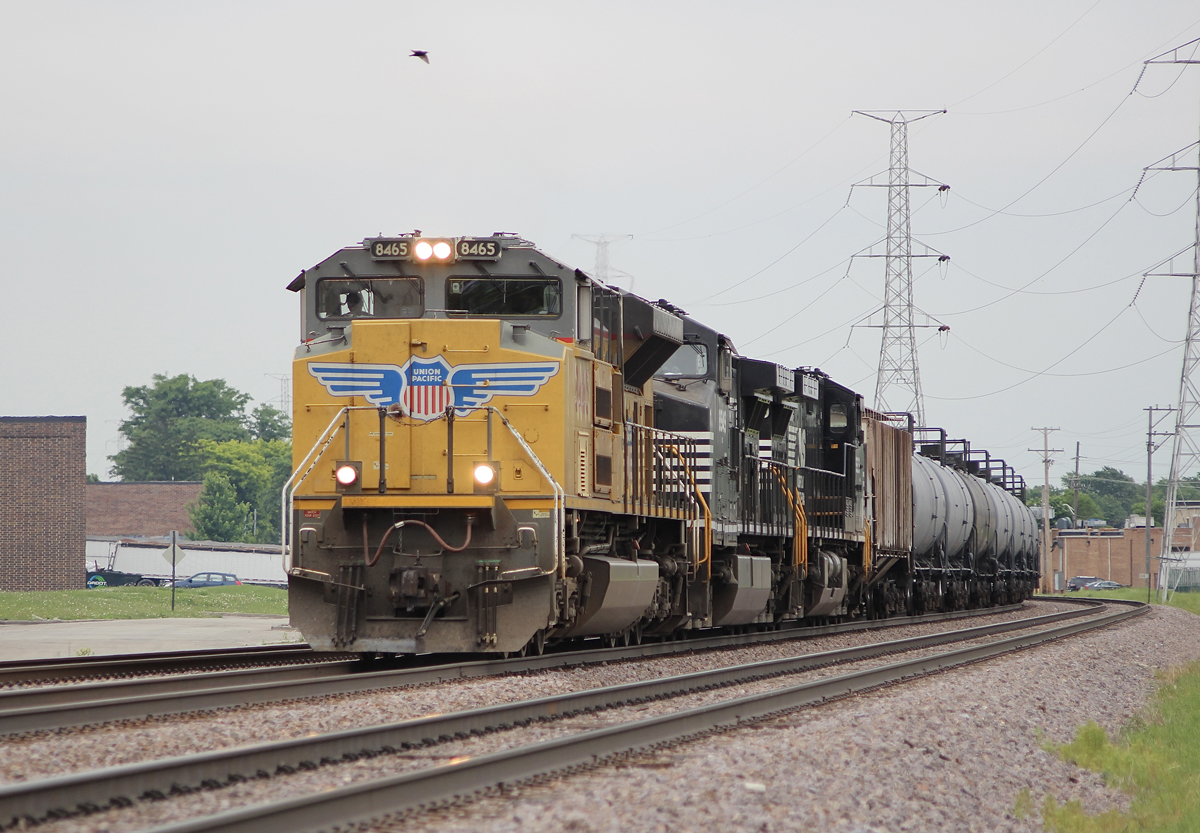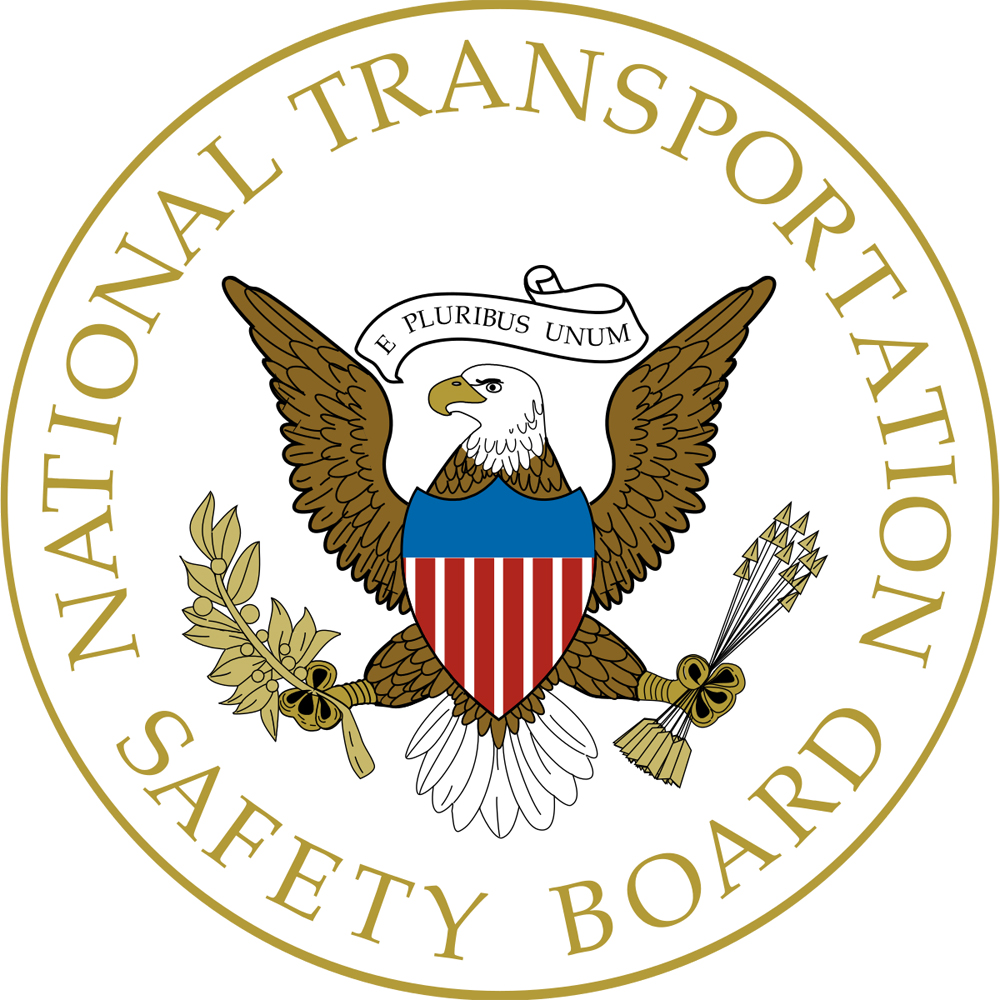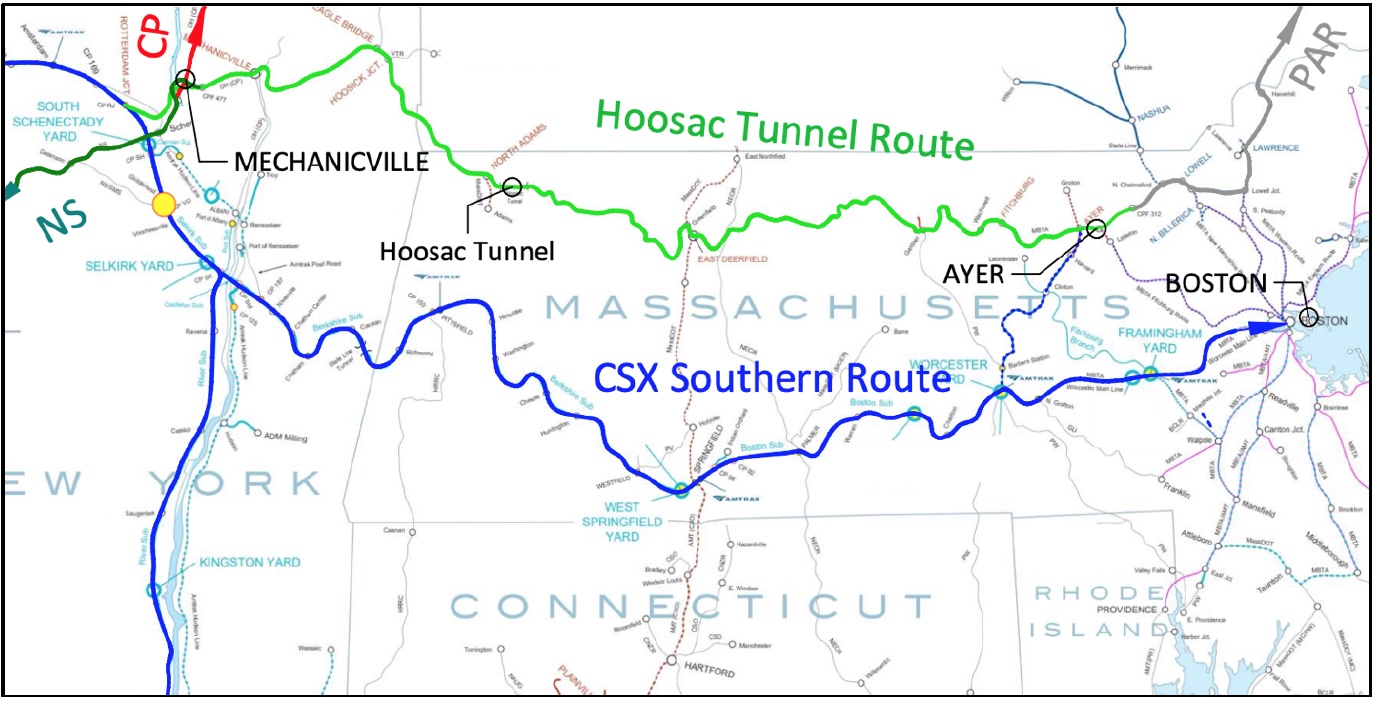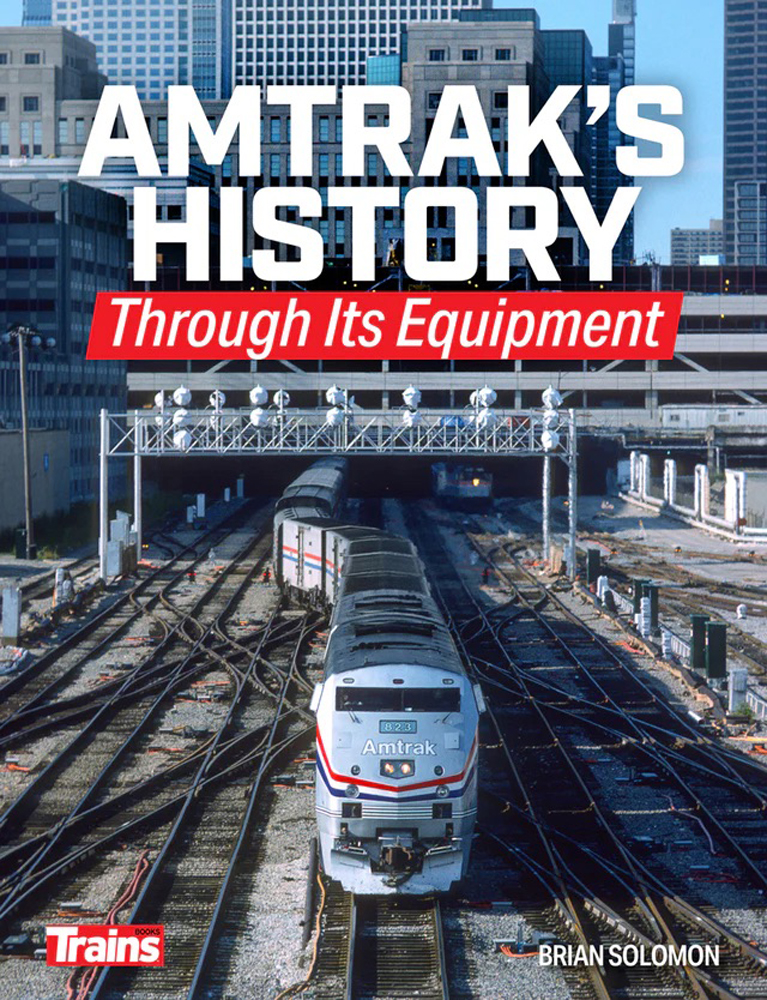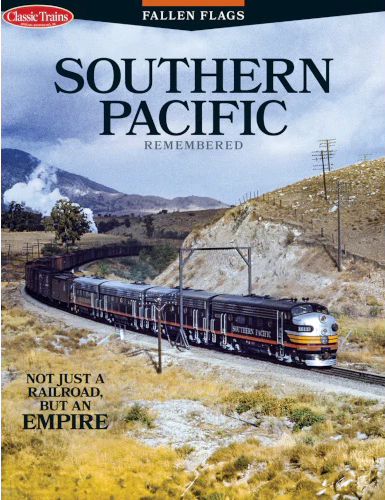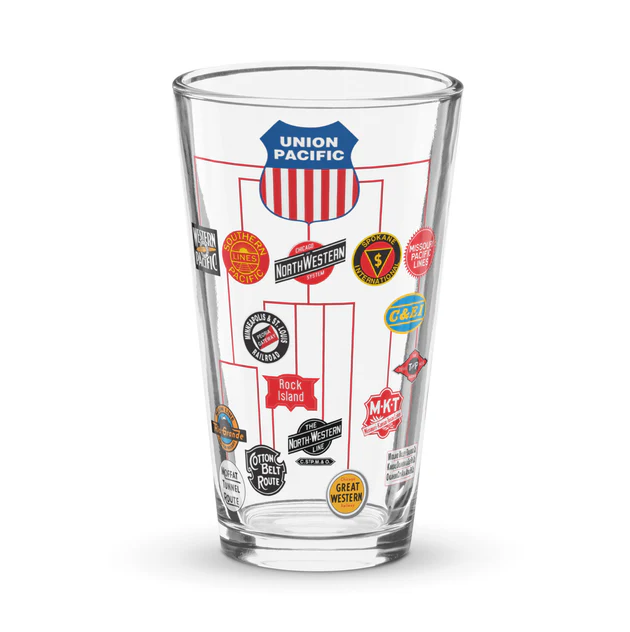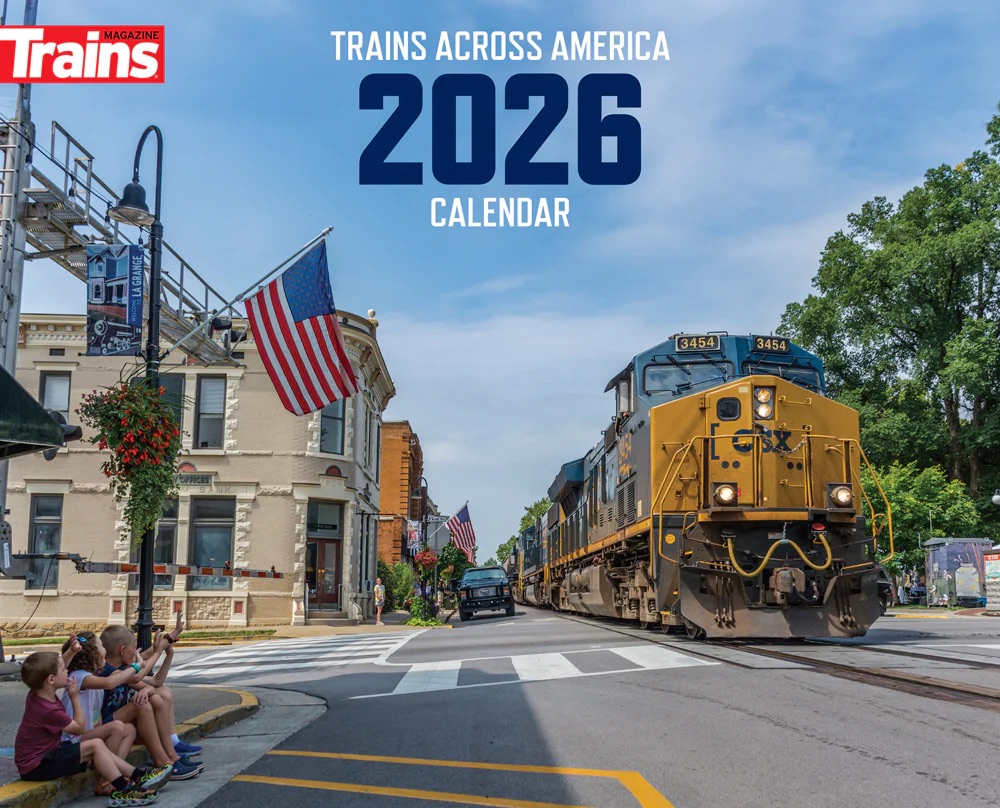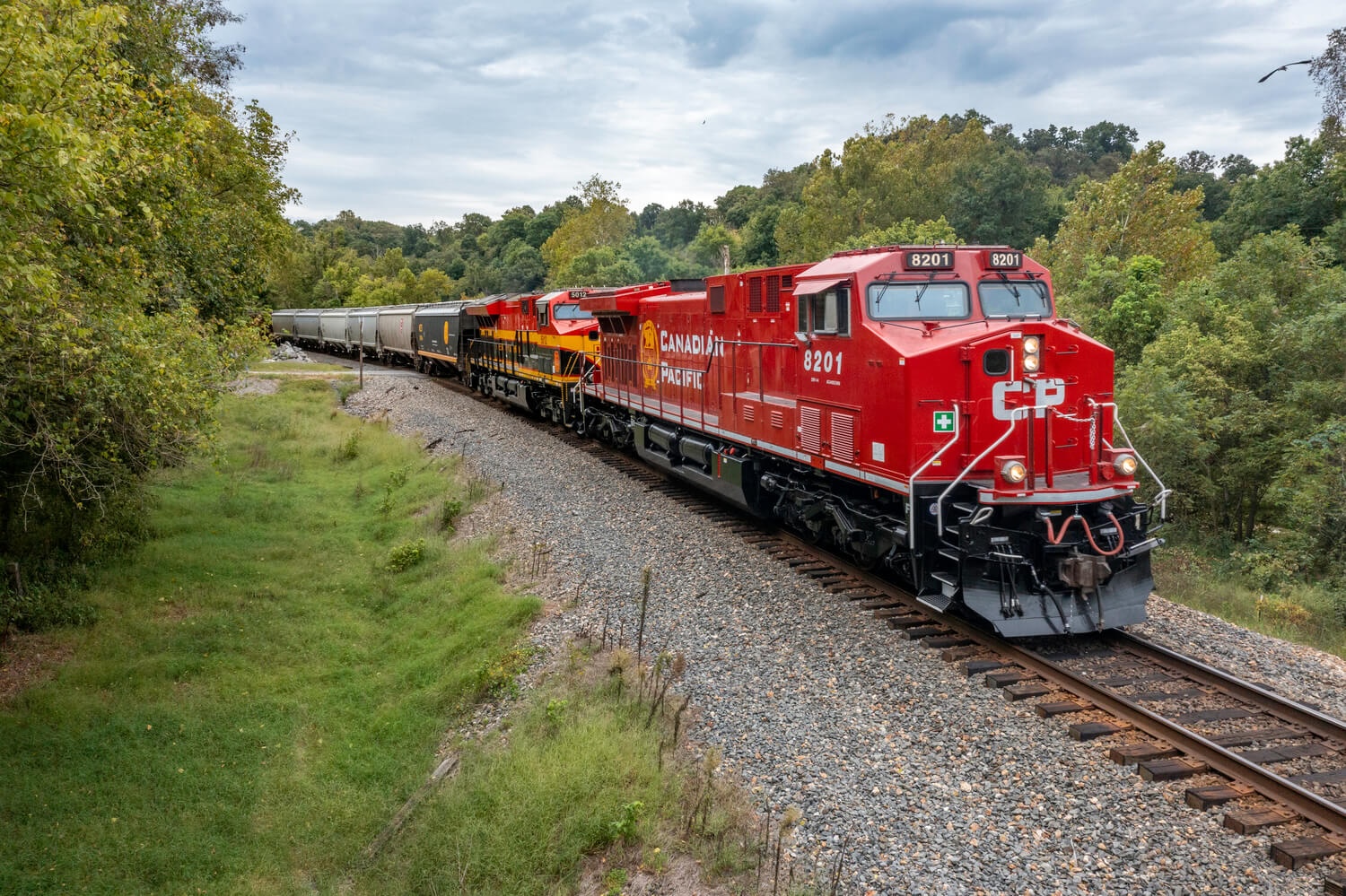
CALGARY, Alberta — Canadian Pacific Kansas City executives say they are encouraged by discussions with the Federal Railroad Administration about rolling out new track and train inspection technology.
It’s a turnabout for the FRA, which during the Biden administration stymied Class I railroad efforts to combine automated track and equipment inspections with traditional visual inspections in ways that weed out the highest number of defects that can cause derailments [see “FRA slows Class I railroad implementation …,” Trains News Wire, Nov. 4, 2024].
Railroads are permitted unlimited use of automated inspection systems that rely on lasers, machine vision, and other technology to find defects. But without a waiver from the FRA, railroads cannot simultaneously scale back the required frequency of visual inspections of track and trains where the automated systems are deployed.
“From a regulatory perspective, I’m extremely encouraged by the early discussions with [Transportation] Secretary [Sean] Duffy and the U.S. Department of Transportation team, especially those in place at the FRA, on their willingness to implement process changes and utilization of technology to deliver safer and more reliable outcomes,” CEO Keith Creel said on the railway’s earnings call on Wednesday.
The progress with the FRA’s career safety staff comes before the Senate has scheduled a confirmation hearing for FRA administrator nominee David Fink, who served as president of New England regional Pan Am Railways prior to its acquisition by CSX.
“We’re working closely with the FRA on a number of initiatives that will enhance safety and generate operational improvements,” Chief Operating Officer Mark Redd said on the earnings call, noting that some FRA decisions could come in the next few days.
Among them: Safety rule waiver requests covering the use of cold wheel detection to identify cars with ineffective brakes, deploying CPKC’s broken rail detection system in dark territory, allowing more efficient bad-order wheel replacements, and eliminating redundant brake test requirements for trains crossing the U.S.-Mexico border at Laredo, Texas.
“I’m extremely encouraged by the FRA and their willingness to explore the process and technology improvements, which will lead to improved safety outcomes and enhanced service,” Redd says.
CPKC aims to use its cold wheel detection system in the U.S. The railway has been using the system in Canada on bulk trains bound to and from Vancouver. Wayside detectors measure wheel temperatures on descending grades and flag cars with wheels that are cold – an indication that brakes are not applied properly.
If a train passes a cold wheel detector without a problem, it’s allowed to skip an intermediate brake test while stopped at a terminal en route. This has reduced cycle times for grain, potash, and coal trains in Western Canada. “I can do more with less because I’m spinning the assets so much faster,” Redd says.
“When implemented in Canada, we identified 30% more defects than the standard tests,” Redd says. CPKC anticipates using the detection system on bulk unit trains bound for Mexico as well as Portland, Ore.
After a couple of crude oil train derailments in Alberta that were caused by broken rails on unsignaled routes, Canadian Pacific developed and deployed a system that can detect broken rails in dark territory at a fraction of the cost of installing centralized traffic control [see “Canadian Pacific deploying …,” News Wire, Oct. 27, 2020]. The wayside system sends a low-voltage signal through the rails. A broken rail cuts the circuit and triggers an alert.
“Since we began this in 2021, we’ve detected 150 instances of broken rail, preventing numerous derailments,” Redd says.
An in-train wheelset replacement waiver, meanwhile, would allow CPKC to change out bad wheelsets with the crew aboard the train. This would eliminate the requirement to perform a single-car air brake test as well as the need to send cars to a shop for repairs.
CPKC wants to be allowed to replace wheels on cars while they remain on grain trains at its International Freight Gateway outside of Kansas City, Mo., as well as at Laredo. Currently, when a wheel is bad ordered at IFG in Kansas City, CPKC has to remove the car from the train and send it to Knoche Yard for repairs, then send it back to IFG to rejoin its train.
CPKC, like Kansas City Southern before it, wants to speed the movement of trains across the border at Laredo. But the FRA has blocked CPKC’s efforts to eliminate brake tests and inspections that are required on both sides of the border and contribute to congestion.
For the past two weeks FRA staff has been working with CPKC railroaders in Laredo and observing cross-border operations, Redd says.
An FRA spokesman confirmed that the agency is reviewing CPKC’s requests.
“FRA is pleased to learn more about CPKC’s ongoing efforts to deploy broken rail detection technology given our focus on dark territory,” spokesman Warren Flatau says. “This and other innovative approaches to monitoring track and rail car health hold great promise. We look forward to observing them in the field and working with the railroad to safely advance their adoption.”
Other Class I railroads have waiver requests awaiting FRA action. “FRA maintains constant liaison with Class I carriers, but we have no other updates on pending waiver requests at this time,” Flatau says.
CALGARY, Alberta — Canadian Pacific Kansas City executives say they are encouraged by discussions with the Federal Railroad Administration about rolling out new track and train inspection technology.
It’s a turnabout for the FRA, which during the Biden administration stymied Class I railroad efforts to combine automated track and equipment inspections with traditional visual inspections in ways that weed out the highest number of defects that can cause derailments [see “FRA slows Class I railroad implementation …,” Trains News Wire, Nov. 4, 2024].
Railroads are permitted unlimited use of automated inspection systems that rely on lasers, machine vision, and other technology to find defects. But without a waiver from the FRA, railroads cannot simultaneously scale back the required frequency of visual inspections of track and trains where the automated systems are deployed.
“From a regulatory perspective, I’m extremely encouraged by the early discussions with [Transportation] Secretary [Sean] Duffy and the U.S. Department of Transportation team, especially those in place at the FRA, on their willingness to implement process changes and utilization of technology to deliver safer and more reliable outcomes,” CEO Keith Creel said on the railway’s earnings call on Wednesday.
The progress with the FRA’s career safety staff comes before the Senate has scheduled a confirmation hearing for FRA administrator nominee David Fink, who served as president of New England regional Pan Am Railways prior to its acquisition by CSX.
“We’re working closely with the FRA on a number of initiatives that will enhance safety and generate operational improvements,” Chief Operating Officer Mark Redd said on the earnings call, noting that some FRA decisions could come in the next few days.
Among them: Safety rule waiver requests covering the use of cold wheel detection to identify cars with ineffective brakes, deploying CPKC’s broken rail detection system in dark territory, allowing more efficient bad-order wheel replacements, and eliminating redundant brake test requirements for trains crossing the U.S.-Mexico border at Laredo, Texas.
“I’m extremely encouraged by the FRA and their willingness to explore the process and technology improvements, which will lead to improved safety outcomes and enhanced service,” Redd says.
CPKC aims to use its cold wheel detection system in the U.S. The railway has been using the system in Canada on bulk trains bound to and from Vancouver. Wayside detectors measure wheel temperatures on descending grades and flag cars with wheels that are cold – an indication that brakes are not applied properly.
If a train passes a cold wheel detector without a problem, it’s allowed to skip an intermediate brake test while stopped at a terminal en route. This has reduced cycle times for grain, potash, and coal trains in Western Canada. “I can do more with less because I’m spinning the assets so much faster,” Redd says.
“When implemented in Canada, we identified 30% more defects than the standard tests,” Redd says. CPKC anticipates using the detection system on bulk unit trains bound for Mexico as well as Portland, Ore.
After a couple of crude oil train derailments in Alberta that were caused by broken rails on unsignaled routes, Canadian Pacific developed and deployed a system that can detect broken rails in dark territory at a fraction of the cost of installing centralized traffic control [see “Canadian Pacific deploying …,” News Wire, Oct. 27, 2020]. The wayside system sends a low-voltage signal through the rails. A broken rail cuts the circuit and triggers an alert.
“Since we began this in 2021, we’ve detected 150 instances of broken rail, preventing numerous derailments,” Redd says.
An in-train wheelset replacement waiver, meanwhile, would allow CPKC to change out bad wheelsets with the crew aboard the train. This would eliminate the requirement to perform a single-car air brake test as well as the need to send cars to a shop for repairs.
CPKC wants to be allowed to replace wheels on cars while they remain on grain trains at its International Freight Gateway outside of Kansas City, Mo., as well as at Laredo. Currently, when a wheel is bad ordered at IFG in Kansas City, CPKC has to remove the car from the train and send it to Knoche Yard for repairs, then send it back to IFG to rejoin its train.
CPKC, like Kansas City Southern before it, wants to speed the movement of trains across the border at Laredo. But the FRA has blocked CPKC’s efforts to eliminate brake tests and inspections that are required on both sides of the border and contribute to congestion.
For the past two weeks FRA staff has been working with CPKC railroaders in Laredo and observing cross-border operations, Redd says.
An FRA spokesman confirmed that the agency is reviewing CPKC’s requests.
“FRA is pleased to learn more about CPKC’s ongoing efforts to deploy broken rail detection technology given our focus on dark territory,” spokesman Warren Flatau says. “This and other innovative approaches to monitoring track and rail car health hold great promise. We look forward to observing them in the field and working with the railroad to safely advance their adoption.”
Other Class I railroads have waiver requests awaiting FRA action. “FRA maintains constant liaison with Class I carriers, but we have no other updates on pending waiver requests at this time,” Flatau says.






